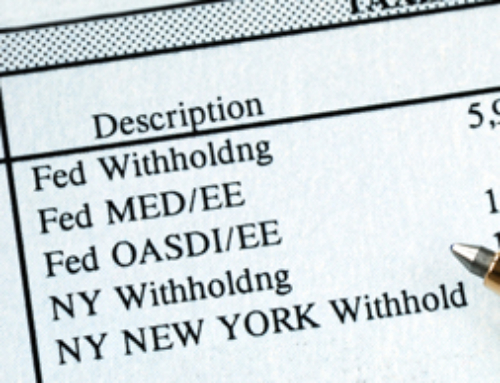 Tax Tips for Commercial Real Estate Owners
Tax Tips for Commercial Real Estate Owners
Once upon a time, TaxMama handled taxes and accounting for a small empire of commercial real estate projects around the country. Tax laws and business structures were much simpler then, before the Tax Reform Act of 1986 simplified the Internal Revenue Code.
Today, commercial real estate owners have to contend with passive loss limits, active participation, alternative minimum tax, and limits on practically everything.
Regardless, there are always tax benefits you can use when investing in commercial real estate, if you can find them. Let me give you a few highlights.
Tax Tips for Commercial Real Estate: Get Speedier Depreciation
Increase your depreciation deductions via component depreciation, or cost segregation. If you can establish distinct costs for each of the components of your building, here are some benefits:
Now: Specific parts of the building, like elevators, air-conditioning systems, paving, and roofing, may qualify for fifteen-year depreciation. Others may qualify for five or seven years. For existing buildings, a sophisticated, detailed cost appraisal is needed. They are not cheap. When the increase in deductions is significant, it can be worth it. Switch over to cost-segregation accounting by having your tax professional file Form 3115, Application for Change in Accounting Method.
Future: There are two ways to benefit:
- When buying or making improvements to the building, establish the specific costs at the outset. It’s easier to do with the construction costs in front of you, or by using a new appraisal.
- Section 179 depreciation may apply to some parts of the building that are considered tangible personal property and to certain qualified leasehold improvements—those built specifically for use by one tenant. Section 179 allows deductions up to $250,000 of the cost all at once, providing all qualifying assets purchased during the year total $800,000 or less.
The Economic Stimulus Act, extended by the American Recovery and Reinvestment Act of 2009, provides even more help for commercial real estate owners. After using up all the available Section 179 depreciation, if the asset still has any basis, you can deduct up to 50 percent of the rest of the cost in the year of purchase.
Tax Tips for Commercial Real Estate: Change Passive Losses to Business Losses
A big area of frustration for commercial real estate owners is that your losses are limited to 25 percent of your adjusted gross income (AGI), which is the number at the bottom of page 1 of your Form 1040. Worse, when your modified AGI (MAGI) reaches $100,000, even this benefit phases out, disappearing entirely when your MAGI reaches $150,000. What can you do?
- Track your hours working on the properties. See if you can qualify as a real estate professional. If more than half your working hours, and more than 750 hours per year, are devoted to your real estate enterprises, you can avoid the passive loss limits altogether.
- Determine if your property is exempt. Read the exceptions to the definition of rental activities-especially exceptions 3 and 4. Perhaps your particular property is already exempt from the passive loss rules and you didn’t know.
There are also a variety of credits available for rehabilitation, for being in certain enterprise zones, or for being in various disaster areas each year. It is in your best interest to schedule an appointment with your tax professional to explore all the opportunities. You may be overlooking free money from the IRS.
Eva Rosenberg, EA is the publisher of TaxMama.com, where your tax questions are answered. Eva is the author of several books and ebooks, including Small Business Taxes Made Easy. Eva teaches a tax pro course at IRSExams.com.
Read More:
Self-Employed? Here’s What You Need To Know About Estimated Payments
Write-Off Your Child’s Summer Camp
Can’t Pay Your Tax Bill? Here’s How To Deal With The IRS






